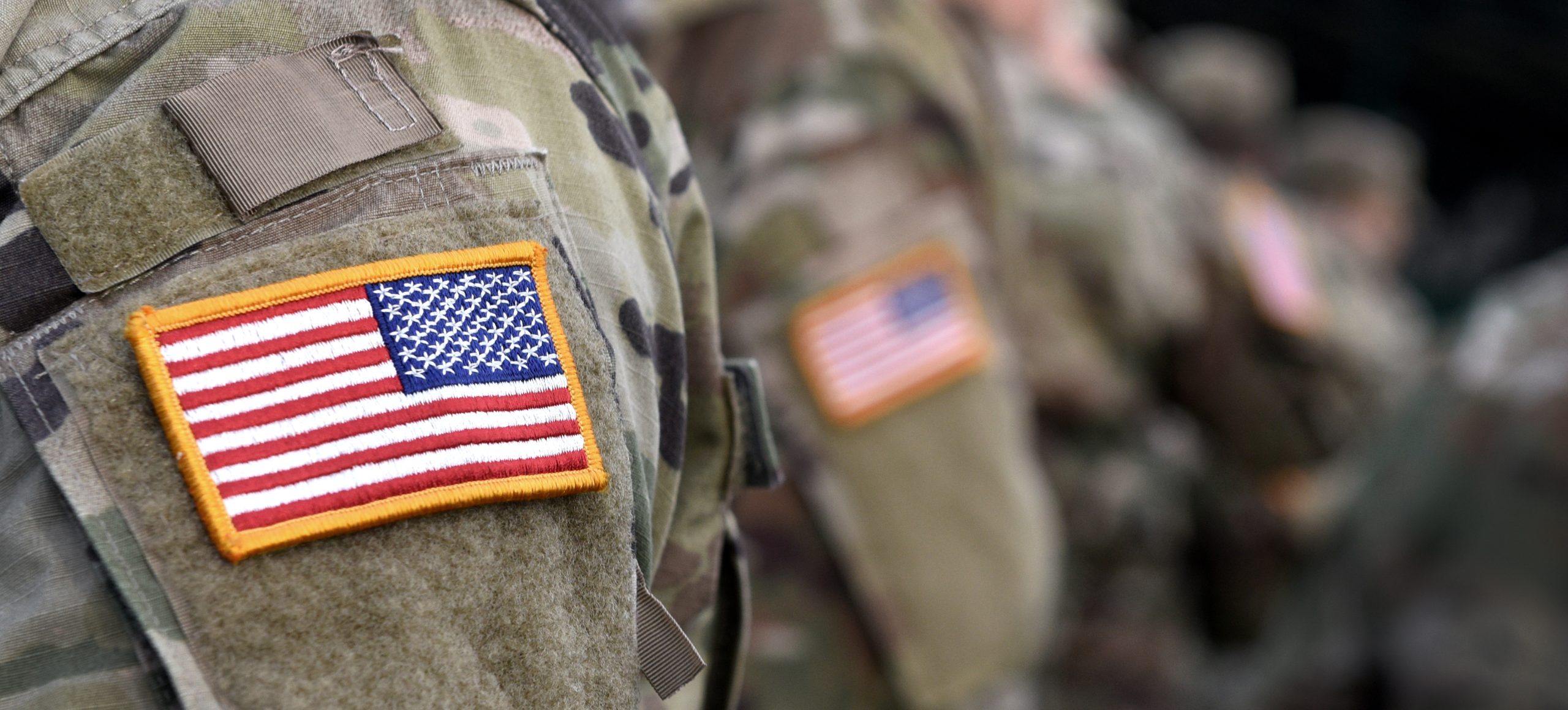Fentanyl Menace Strikes Army

An under-acknowledged menace is permeating the ranks of the United States Army, presenting a significant threat to national defense and causing immeasurable sorrow to scores of American families. This insidious enemy isn’t a foreign power or terrorist group – it’s the highly-potent synthetic narcotic fentanyl.
Recent data reveals an alarming rise in soldiers falling victim to this deadly drug. According to public records obtained by The Washington Post, the Army suffered 27 deaths from fentanyl overdoses in 2021. This exceeds the number of soldiers lost in combat in Afghanistan over the same time frame.
The Army is aware of the issue. In an official statement, Army spokeswoman Heather Hagan assured, “Taking care of people, including the prevention of misuse of prescription or illicit drugs, is a priority for the Army.” Yet, the burgeoning crisis looms larger than the Army’s current management strategies.
A crucial concern is the questionable transparency surrounding these overdose statistics. Pentagon officials initially provided a much smaller number to Congress when asked about the extent of fentanyl overdoses. An accounting error was blamed for the discrepancy, and subsequent communications revealed a more somber reality: over half of the 332 troops who died of drug overdoses between 2017 and 2021 fell prey to fentanyl.
In February, the Department of Defense (DOD) confirmed a concerning trend: fentanyl-related deaths among American troops more than doubled from 22 in 2017 to 54 in 2021. Under Secretary of Defense for Personnel and Readiness, Gilbert Cisneros recognized the situation’s urgency, saying, “Every drug overdose is a preventable loss of life, and we must work to do better.”
However, “doing better” necessitates a comprehensive approach to understanding and addressing the problem. Fentanyl is a formidable opponent. It can be lethal even in minuscule quantities and often masquerades in prescription medication or other illicit substances.
Moreover, the victims don’t necessarily fit the conventional profile of drug users. According to families who’ve endured this heartbreak, many soldiers had shown no inclination towards drug use before enlisting. This fact illuminates the complexity of the crisis. It suggests that proactive measures might need to surpass the traditional scope of drug prevention strategies.
This crisis isn’t just about numbers and statistics but national security. “This is an institutional failure and a threat to our national defense,” says Democratic Rep. Seth Moulton of Massachusetts. Such sentiments should not be relegated to party lines.
As the saying goes, “forewarned is forearmed.” The fentanyl crisis, although deeply unsettling, allows us to galvanize bipartisan support for data-driven, strategic action to address this issue. This involves enhancing treatment and prevention options and improving the transparency and accountability around overdose data in the military.
The ongoing mission of the military demands robust, healthy soldiers unhampered by the chains of addiction. Every effort should be invested in shielding our protectors from this silent enemy. The strength of our defense, our nation’s safety and our soldiers’ lives hang in the balance.
























